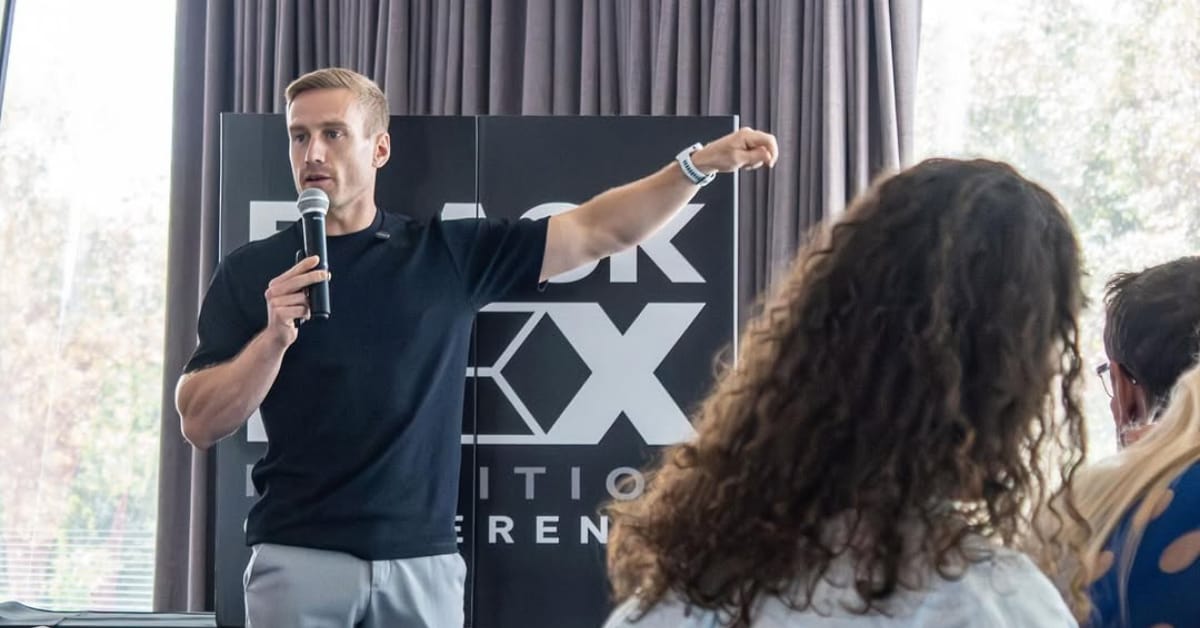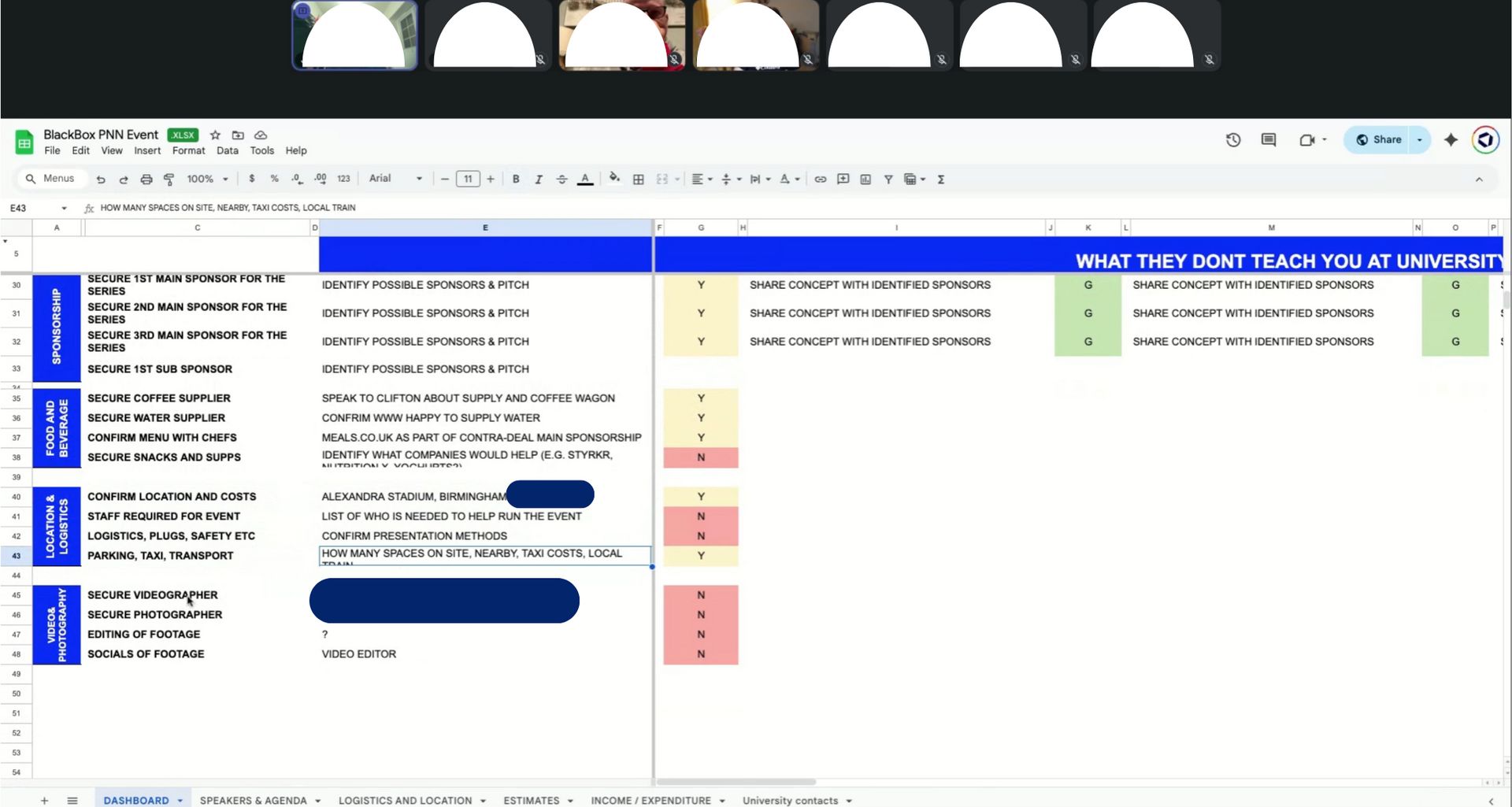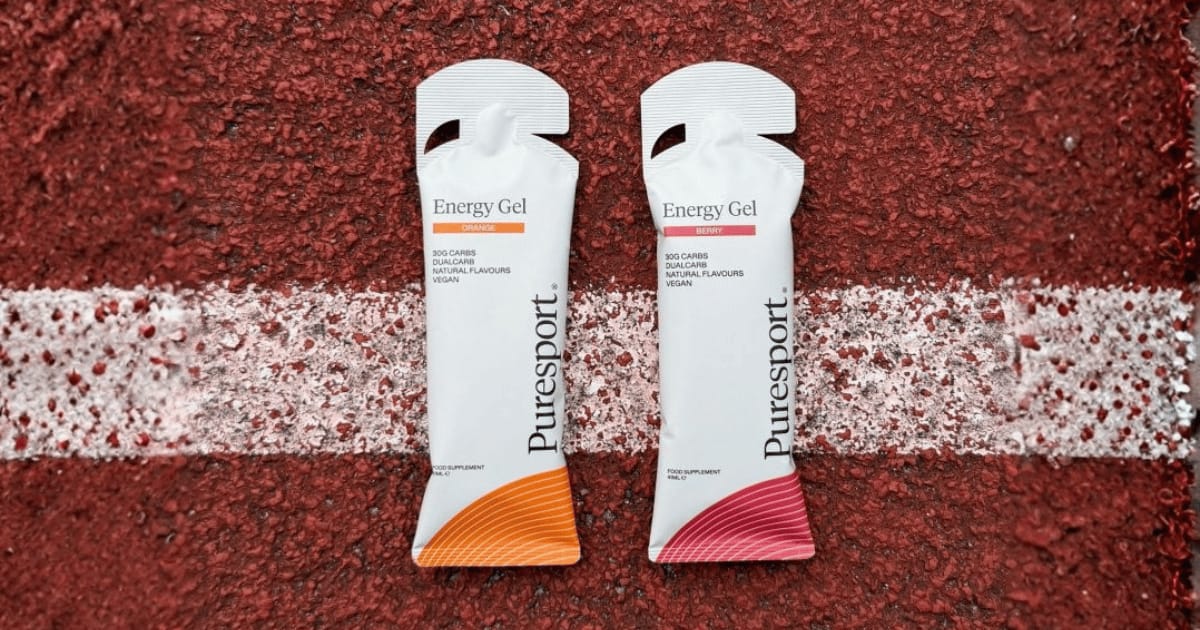Dear coaches,
This week, hear from Dr. James Morehen with behind-the-scenes lessons from the BlackBox Nutrition Conference; scan the latest roles, projects, and research across the industry; and get a first look at Puresport’s new dual-fuel gel—and what it signals for fuelling.
🧠EXPERT OPINION

Dr. James Morehen and Dr. Dan Martin faced a critical fork in the road.
"Did we want to keep it science and evidence, or did we want to go a bit more practical?"
That single decision shaped everything about the BlackBox Nutrition Conference.
They chose practical—and it separated them from every other performance nutrition conference in the market.
Look at ISENC—an excellent conference built on research, published studies, and academic frameworks. That's their lane, and they own it.
Morehen and Martin saw the gap: practitioners hungry for implementation details that never make it into research papers.
A conference about what actually happens in team trucks with professional cyclists.
How elite practitioners build trust with F1 drivers.
The systems that work when you're managing 30 rugby players with different positional demands.
The result? Attendees described it as "a gathering of friends" rather than a formal conference—the natural outcome of choosing practical over academic from day one.
Morehen's insight:
"We obviously didn't have a clue about who our speakers were gonna be at the start."
But they knew their lane. Practical. Applied. Real-world implementation.
Once that was clear, everything else followed: speaker selection, marketing message, venue choice, even the informal atmosphere.

James’ planning process.
Actionable Takeaway: If you're considering running an event, the first decision isn't venue or speakers—it's positioning.
📈NEWS
UCI Sports Nutrition Project published.
The IOPN are hiring education programme lead.
Antonia Roach educates Birmingham City Academy.
Arsenal FC seeking full-time Performance Nutritionist.
UFC are hiring summer performance nutrition interns.
Hexis launch advanced kcal and macros planning feature.
Dr Carl Langan-Evans delivers REDs webinar for the PNN.
pn-insider+ answers if sales calls are right for your coaching.
Dr. Jamie Pugh shares exogenous carbohydrate oxidation data.
Prof Asker Jeukendrup is running an AI in sport nutrition webinar.
pn-insider+ teaches coaches how to write their landing page with AI.
💡PERFORMANCE TECH

Puresport Teases New Gel
Puresport just launched a new energy gel entering an already crowded market — but the formulation details suggest this isn't just another product drop.
According to Puresport: "Developed in collaboration with world-renowned performance nutritionist Dr. Sam Impey, it is designed to deliver 30g of carbohydrate every 30 minutes."
The formula uses a 1:0.8 glucose-to-fructose dual-fuel blend.
Before settling on 60g per hour, Puresport partnered with ExoAnalytics to test their athletes. The data showed an average carbohydrate oxidation rate of 49g per hour — but when adjusted for real-world conditions using an accepted 80% efficiency factor, the optimal fuelling rate came out at approximately 60g per hour.
Puresport emphasises "clean and pure… nothing extra" and "gentle on stomach" — messaging that aligns with broader consumer demand for transparency and minimal processing.
Coaches and nutritionists can anticipate pressure on other brands to deliver similarly clean provenance.
What this signals:
Simplicity is the new performance. Puresport reduces fuelling to one rule — one gel every 30 minutes (30g) — so there’s less math, higher compliance, better outcomes.
It’s simple to coach, simple to merchandise, and simple to execute on race day.
Expect competitors to follow with clearer dosing and fewer moving parts.








